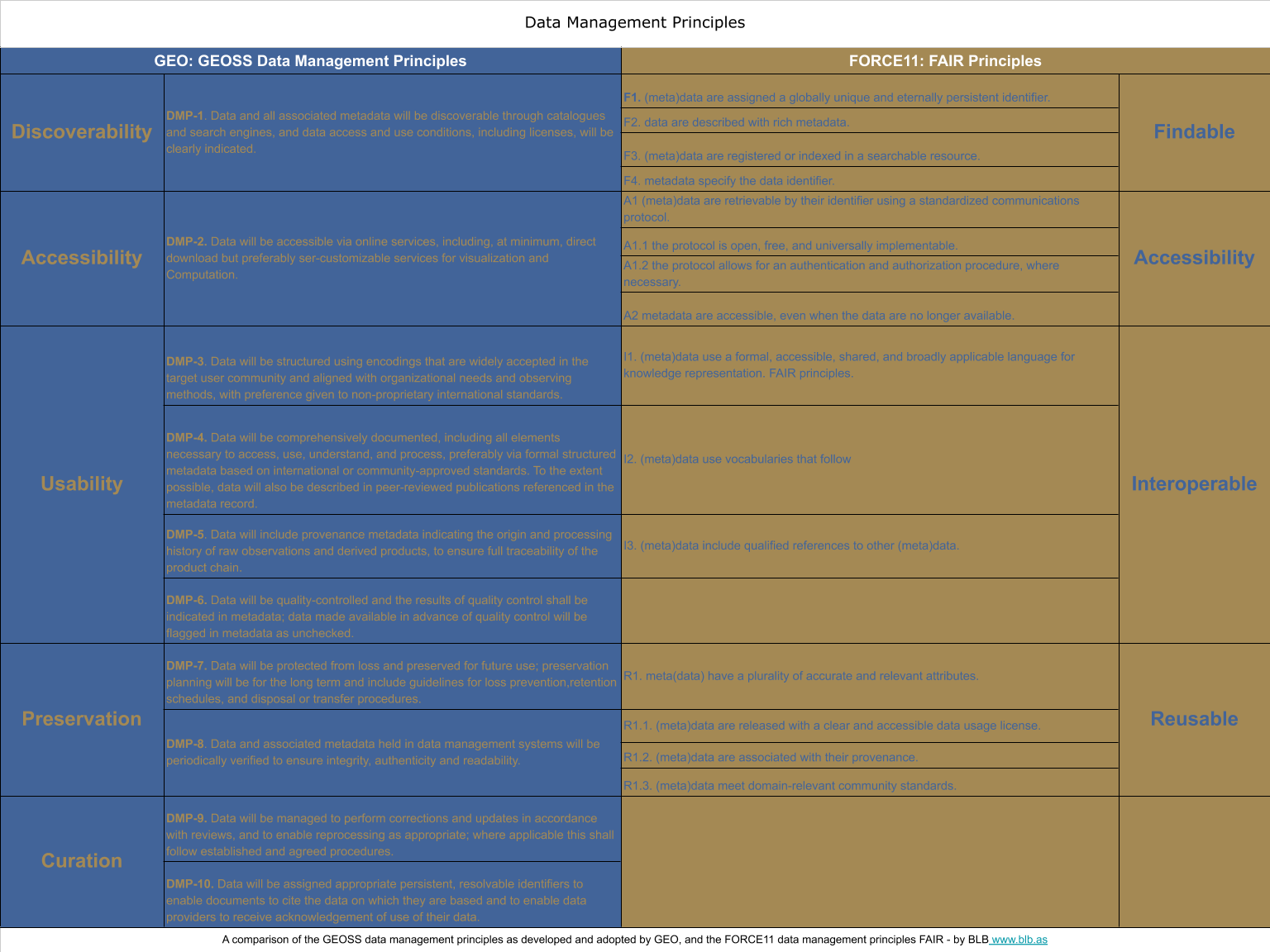Imagine a world where you can find and access all the data that you need and want to make new information for society, for your clients, for yourself. Imagine that you can combine these data seamlessly, that all the data are interoperable. Wouldn’t that be great! Do not stop there. Imagine that you can rely on these data to be around, well taken care of so that you can build applications and services based on these data.
Everything is possible. Dreams come through.
It is possible to make this happen, but it is challenging. There are several tools developed to support the dream situation described above. These tools can be summarized as follows (from Open Source Technology for Large Scale Open Data Sharing, by Bente Lilja Bye, ISRSE37, 2017, pdf )
Data policy (access, permits, licenses, funding*)
Standards (metadata, catalogues, semantics)
Reference frame (GI, positioning)
Brokering (access, search, other)
Linked Data (de-siloing)
Data management principles
Data policies can be defined on several levels. On national (political), organizational (ESA, Group on Earth Observation), international (EU, Group on Earth Observation, World Data Systems), program/project (Copernicus) level etc. Common for all is that it is necessary with Data Management Principles, concrete plans, and guidelines to implement the policies.

